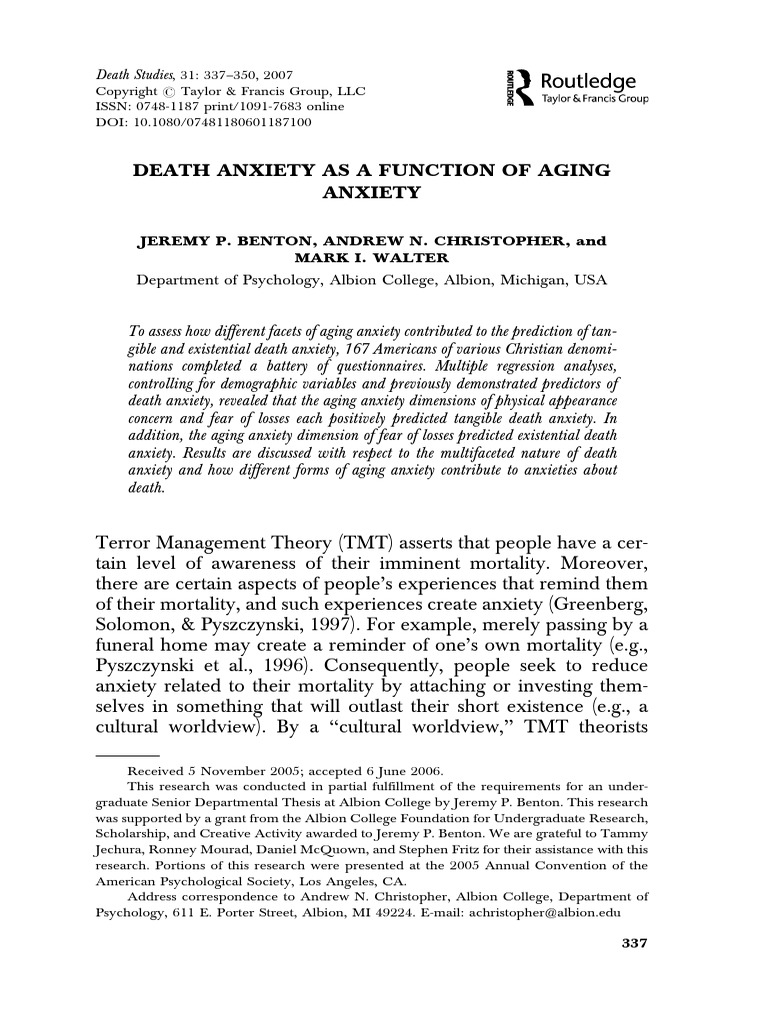In examining the Bahá’í teachings on death, detachment, and aging, one is invited into a profound contemplative journey that transcends the ordinary perceptions of life’s vicissitudes. In a world where material accomplishments and physical appearance often dominate our measures of success, Bahá’í philosophy offers a refreshing lens that reorients our values and perceptions. This text endeavors to unravel the intricate tapestry of these teachings, elucidating the quiet contempt for the superficiality of aging and the liberating embrace of death as a necessary transition.
The Bahá’í perspective on death presents it not as a conclusion, but as a metamorphosis—an evolution of the soul into a higher plane of existence. This concept resonates with the metaphor of a caterpillar undergoing transformation into a butterfly. Just as the caterpillar must dissolve its old form to emerge anew, so too must the human spirit relinquish its earthly vessel to ascend spiritually. The Bahá’í writings affirm that life is a continuum and that death should not be perceived as a terrifying specter, but rather as an exquisite passage to the realms beyond our current experience.
Detachment is a cornerstone of Bahá’í philosophy, advocating for a separation from the ephemeral aspects of existence. The philosophical cultivation of detachment allows individuals to transcend the clutches of material possessions, status, and indeed, the anxiety associated with aging. Within this framework, the pursuit of material wealth is likened to chasing shadows; it offers transient gratification yet ultimately fades away. The rich interplay of existence comes not from amassing external possessions, but from nurturing the inner life—embracing virtues such as kindness, love, and wisdom.
The juxtaposition of aging and detachment reveals an intriguing irony. In contemporary society, aging is often regarded with trepidation, perceived as a gradual decline towards obsolescence. However, from a Bahá’í standpoint, aging offers profound opportunities for spiritual development and deepened understanding. Just as a fine wine matures and enriches with time, so do the qualities of the soul evolve. Experience cultivates resilience, compassion, and insight, enriching the tapestry of existence. Herein lies the unique appeal of Bahá’í teachings: they do not denigrate aging; rather, they celebrate it as integral to the spiritual journey.
Moreover, the Bahá’í writings extol the value of contemplative reflection on the inevitability of death as a catalyst for living a fuller, more purpose-driven life. This awareness fosters a sense of urgency that prompts individuals to focus on their intentions and actions. Engaging with the impermanence of life leads to a more profound appreciation for relationships and altruistic endeavors. When one recognizes that each moment is precious, the trivial pursuits fade, allowing room for meaningful connections and contributions to society.
In the Bahá’í worldview, the practice of mindfulness plays an important role in the quest for detachment. Mindfulness encourages individuals to remain present, recognizing the transient nature of earthly concerns. This awareness encompasses both the acceptance of aging and the acceptance of death, leading to a serenity that is enviable. Just as a tree sheds its leaves with the changing seasons, individuals are prompted to embrace both renewal and decay as essential elements of life’s cycle. This organic acceptance mitigates the fear of aging, redirecting the focus toward growth and transformation.
The divergent attitudes toward aging and mortality in contemporary society can frequently lead to psychological distress. The Bahá’í teachings mitigate such despair by revealing that aging can foster wisdom and insight, just as the aging of fine literature deepens its meaning. The allegorical comparison of a seasoned scholar, who advances in understanding and erudition with age, serves as a poignant reminder that true value is found in knowledge and virtue rather than in youthful appearances.
Furthermore, the notion of “quiet contempt” for aging emerges within the teachings as a rejection of society’s fixation on youth as an ideal. This disdain is not a denigration of the elderly but rather a critical reflection on how society might idolize superficial qualities rather than the intrinsic value of character. By cultivating inner qualities, individuals can exhibit a transcendental form of beauty that outshines the fleeting vibrancy of youth. Embracing the inevitable process of aging fosters humility and recognizes the continuity of human experience that unites diverse generations.
The Bahá’í approach to detachment also empowers individuals to prioritize spiritual over material fulfillment—an essential shift that resonates deeply in an era often consumed by consumerism. The ethos of selflessness embodies a rejection of greed in favor of generosity, urging individuals to dedicate themselves to service and the well-being of others. In this light, the fears surrounding death and aging diminish, replaced by a sincere commitment to legacy, impact, and the betterment of society. The ultimate goal becomes not the preservation of physical form but the enduring imprint left on the hearts of others.
In conclusion, the Bahá’í teachings on death, detachment, and aging encourage individuals to undergo a paradigm shift in understanding these often-feared aspects of existence. Through the lens of spirituality, death is reconceived as a gateway to eternal life—an ascension rather than an end. Aging is celebrated as a natural evolution, with the wisdom gleaned from lived experiences offering invaluable insights. By cultivating detachment from worldly attachments, one is free to embrace every stage of life with grace and poise, ultimately recognizing the beauty embedded in our transient journey.
